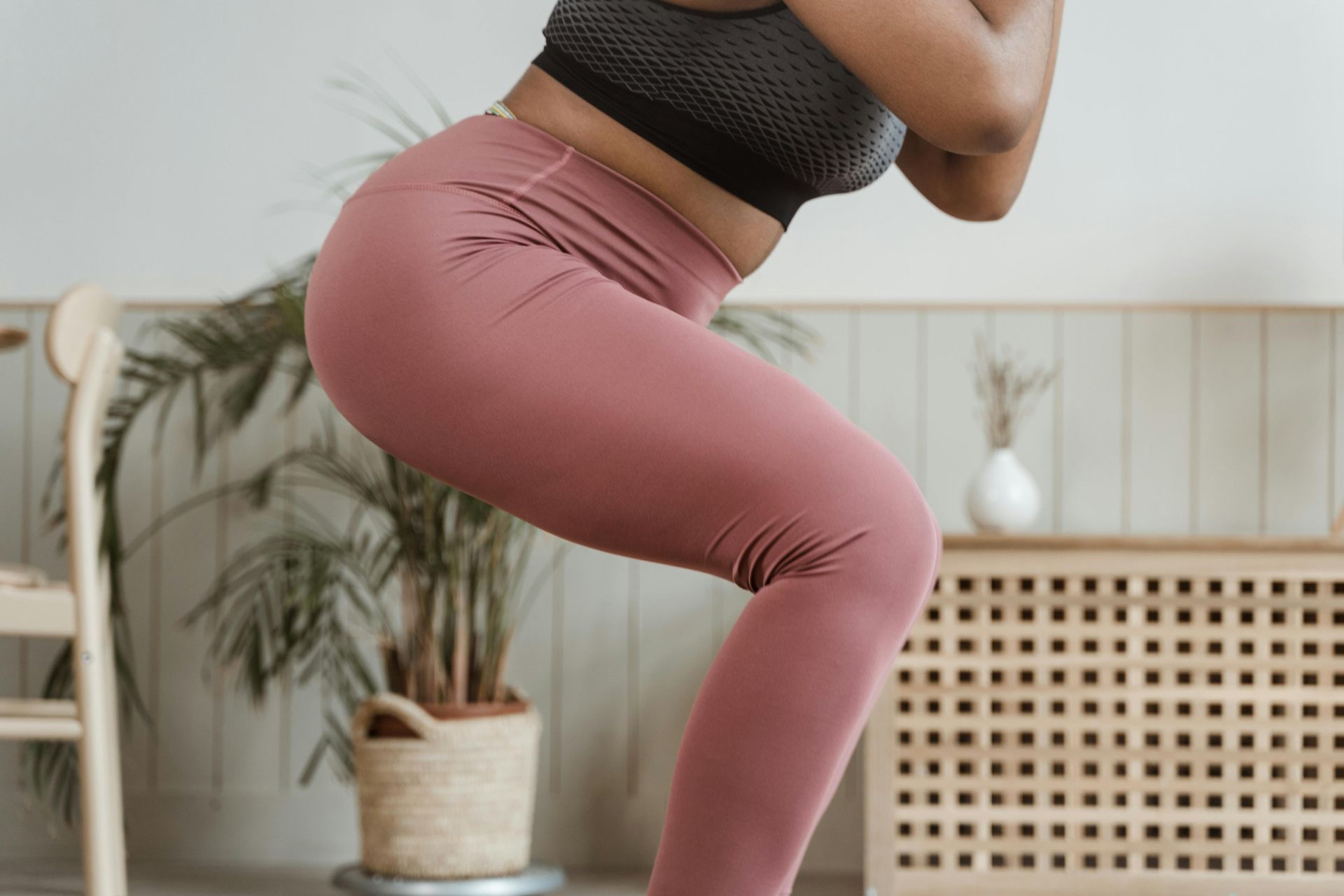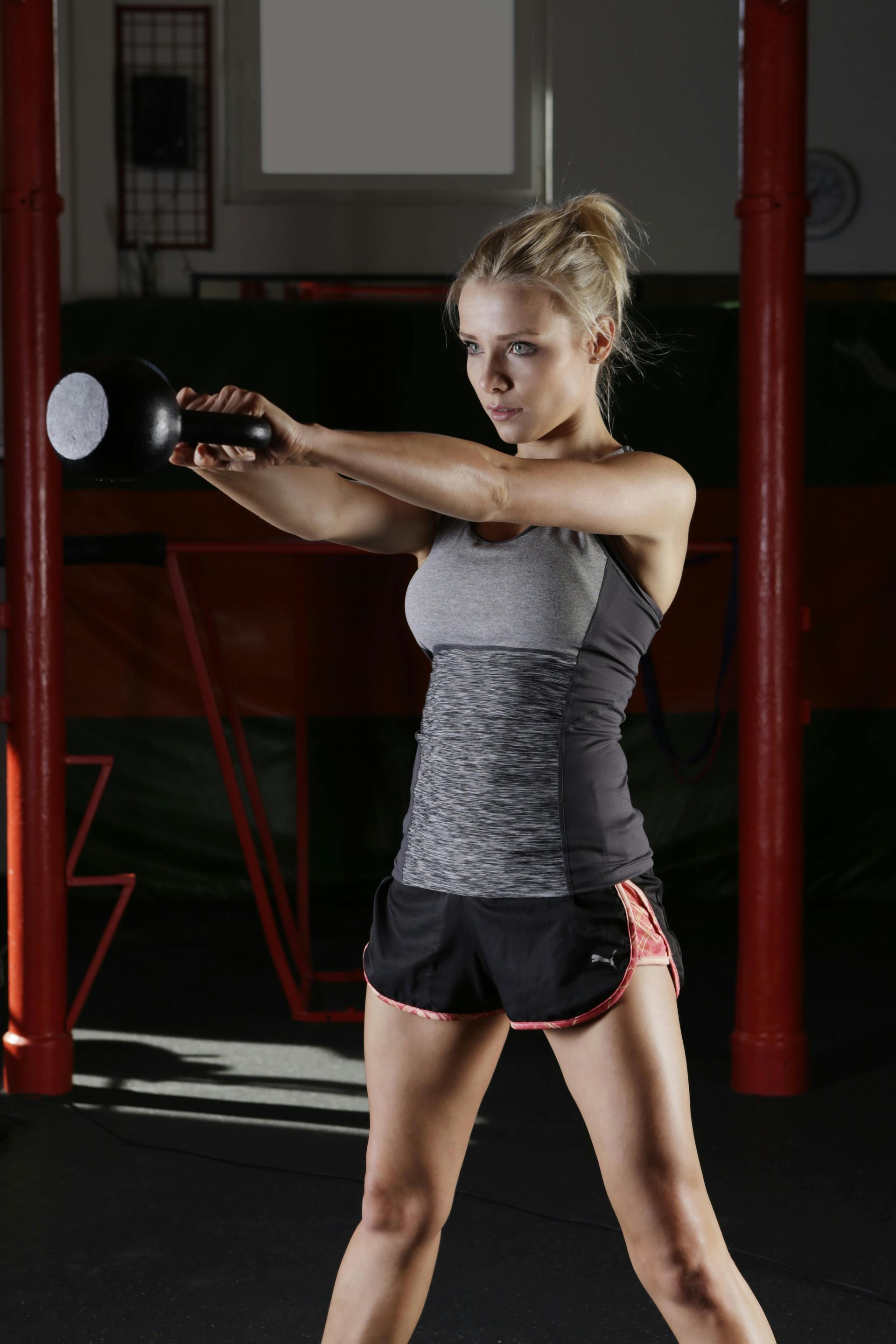What to expect at your first Pilates class
Jane Arlow • June 5, 2020
Coming to your first Pilates class can be a bit scary..
When you first arrive at a mat Pilates class, it can seem like everyone else knows what they're doing except you. But don't worry, I'm here to help you how to get the most out of it from the very first class!
Not sure what to wear or bring with you?
If you're wondering what to wear and if lycra has to be involved...don't worry! Wear anything that's comfortable and that you can move easily in.
And the only thing you need to bring with you is your own mat and some water. If you don't have one, this is the sort of mat
you need (affiliate link) - it's a bit thicker than a regular yoga mat because you want to be comfy!
When you arrive, tell the instructor you're new!
Before starting the class, always come and tell the instructor that it's your first time. They'll keep a special eye on you to make sure that you understand each of the exercises.
Is there anything else you need to tell your instructor?
You'll already have filled out a health questionnaire before your class and your instructor will have checked that.
But if you have any particular injuries or conditions, are pregnant or have recently given birth (within the last six months), please do mention it.
This will help your instructor to provide you with modifications that are best for your condition.
Maintain a neutral spine
We spend a lot of time in Pilates in "neutral spine" - that just means that your pelvis is not tipped forward or backwards; your spine has a natural curve and your ribs are softly closed.
If lying on the floor, the instructor may place a block or small pillow under your head, lower back or hips to help you to lie comfortably in that position.
And breathe!
In Pilates, breath is one of the six key principles - along with flow, concentration, centring (aka neutral spine), precision and control - and each of the exercises has a specific breath pattern associated with it.
If you've done yoga, you'll be used to inhaling and exhaling through the nose. But in Pilates, we inhale through the nose and exhale through the mouth (in some instances, quite noisily!). Don't let the breath worry you...just please remember to breathe!
May I move you?
Your instructor will most likely be walking round the room rather than performing the exercises from the front.
Often, they'll ask if they can adjust your positioning slightly to help you to get into the optimum position to perform the exercise. Please feel free to say "no" if you don't want them to touch you - your instructor will show you or tell you instead.
How to get the most out of the exercises.
If you're unused to Pilates, you may find that your flexibility or your core strength limit how you perform the exercises.
As most of us lead fairly sedentary lives, the most common issues are tight hamstrings and hip flexors; and weak butt and abdominal muscles.
If this is you, you'll find any exercises where the instructor asks you to straighten your legs away from your body while keeping the spine in neutral among the most challenging.
But don't worry - bend your knees, bring knees in line with hips and feet in line with knees ("table top position") and work there as you build more strength and flexibility.
If anything in the explanation of the exercise is unclear or you're not sure if you're in the right position, let your instructor know and they'll be happy to help you.
If needed, they'll change the exercise for you to be able to get the most out of it.
Keep at it.
The first time that you come to class, you may feel a little sore during the next few days.
This is normal, don't worry! The more classes that you attend, the better you'll be able to do the exercises.
I won't say that your class will get easier, because as you get stronger, your instructor will challenge you with more difficult exercises!
Enjoy it!
This is an hour, just for you, to pay attention to your breath and to your body.
If it's an evening class, you might find that you sleep super well that night as a result of the impact that deep breathing has on your parasympathetic nervous system.
If you've found any of the tips helpful, please let me know.
If you've never tried one of my classes before, please contact me
to save your spot on the mat.

October's Breast Cancer Awareness Month and if you haven't done it recently, please let this be the nudge you need to give them a good feel up. Here 's a link to the NHS website below showing how to perform your check and what to look for. If you're one of my gentlemen readers, please don't think this doesn't apply to you. It does. Men can still get breast cancer. And if you find something that doesn't seem right, please contact your GP as soon as possible. 80-90% of lumps are likely to be benign, but for the small percentage of those that aren't, early detection and treatment are your best chances of having successful treatment and being around to annoy friends and family for a long time. Don't skip your mammogram I know having mammograms is really uncomfortable. But this is one of the best ways to check for cancers that aren't otherwise easily spotted. So if you get invited, please go. (And don't skip your smear test either!!!) Know your risk factors 1 in 7 women will get breast cancer in their lifetime. Here are some of the risk factors: - Age : older women are more likely to get breast cancer than younger women and age is the highest risk factor. - Genetics : Breast cancer risk is higher if you have first-degree relatives who've had it (although 85% of women with a relative with breast cancer WON'T get it). - Breast density (relates to the percentage of non-fatty tissue): the risk is highest for those with the most dense tissue. You can ask your radiographer to tell you whether you have dense tissue at your mammogram. - Lifestyle factors: These include having overweight or obesity, alcohol consumption, tobacco use and insufficient physical activity. - Exposure to endocrine disrupting chemicals: These "forever" chemicals, such as pthalates and parabens, show up in makeup and toiletries. Risk doesn't normally come from one exposure to one chemical, but from prolonged exposure to many different chemicals over a long period of time. You can read more about the risks here It's worth noting that even if you get a diagnosis, it's unlikely you'll ever know if there was "one thing" that caused it. What happens if you get a diagnosis of breast cancer? I am in no way competent to comment on the treatment plan your medical team recommend for you. Everyone I know who's had breast cancer has had a different treatment plan, depending on: the stage of cancer; whether it had spread further; whether it was hormone-receptive; whether it was due to genetic mutation; and the age of the woman. I do know that for all of us, it was a really scary time. You should be given access to resources outside of the surgical and oncology team, often via a Macmillan nurse, who can answer questions on topics from your treatment and reactions, to claiming for extra benefits. They're also great if you're not sure what questions to ask. While you're in the heat of the panic, it can be difficult to think clearly about what you need to know. Using "what should I be asking that I'm not?" is super helpful. Keep moving after your diagnosis, during and after treatment The one thing I can advise you on with all confidence, is to keep moving. Exercise is safe, possible and helpful for individuals with breast cancer, throughout the treatment cycle. In fact, international guidelines say you should try to get back to your normal activities as soon as possible. Exercise can help reduce the risk of cancer coming back; and may stop stage 1 cancers from growing further; and can also reduce treatment side effects like tiredness, cognitive impairment or lympoedema. Yes, you may need to dial back your usual activities if treatment leaves you feeling exhausted. But whenever you can, please aim for 150 minutes of exercise in every week. Many forms of treatment also lead to a higher osteoporosis risk, so please also do resistance-based and/or some impact-based exercise every week. I'd also recommend paying attention to shoulder mobility. Scar tissue and "guarding" of surgery sites can reduce your range of movement a lot. Check in with your medical team to confirm if there's any specific movements you should avoid during your treatment plan, and when you'll be signed off to go back to them. One last piece of advice someone else gave me... When you tell people you have cancer, a lot of them will have an opinion on your treatment plan. Especially if they're of the "my friend cured their cancer by just eating this one thing.." type. Unless this person is an oncologist, you can safely ignore them! So, what are you still doing reading this? Go off and give yourself a fondle!









